
Welcome to your healthy lifestyle destination. Delivering the clean energy trends and insights that help us create a more sustainable planet together.
-

healthy living
How to clean the air in your home to support healthier living
Poor indoor air could be hurting your health. Find out what’s floating in your home—and how to clear it for good. Start breathing clean.
-

healthy living
How indoor air quality impacts children and pets
Think your home's air is safe? Your child or pet may be at risk—especially near the floor. Discover hidden dangers and simple fixes that protect them.
-

healthy living
Why summer is prime time for mold growth — and how to defend your home
Is your home a summer mold magnet? Learn what triggers mold in warm months in any temperature zone, and how to defend your air, walls and wellness.
-

healthy living
Why whole house ventilation matters for your home's health
With allergens, humidity and stale air— did you know your home’s air might be working against you? Discover how whole house ventilation can change that. Your lungs will thank you.
-
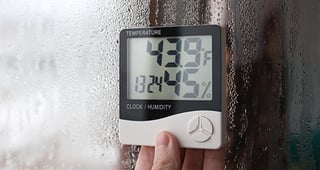
healthy living
What is the ideal humidity level in a house?
The perfect humidity level for your house isn't just about comfort—it's vital for health and home protection. Spot the signs, learn the fixes, and take control of your indoor air! Read our guide...
-
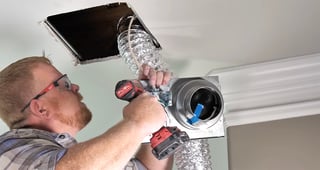
healthy living
How to replace a ventilation fan in your bathroom for better airflow
Is your bathroom exhaust fan failing? Discover the red flags, get a step-by-step guide on how to replace it, and ensure your family breathes cleaner air. Read on to start your upgrade...
-

healthy living
Breathe better, sleep deeper: How airflow and humidity impact rest
Discover how airflow and humidity affect your sleep quality. Panasonic air quality expert shares science-backed tips for better rest. Read on for deeper sleep...
-

healthy living
How to check your home's air quality: 6 practical methods
What's lurking in your home's air? Uncover invisible pollutants with these 6 simple air quality check methods.
-

healthy living
Future-focused solutions for better indoor air quality
Indoor air can harbor harmful contaminants like allergens, mold and VOCs. Fortunately, 2025 promises groundbreaking IAQ advancements and innovative ventilation solutions.
-

healthy living
How indoor air quality impacts mental sharpness — and what you can do about it
Brain fog and mood swings? Your indoor air could be the culprit. Read more to learn how indoor air quality impacts mental sharpness and discover how improving it can sharpen your mind and lift your mood.
-

healthy living
New year, new air: 6 resolutions for a healthier home
Make 2025 the year of healthy indoor air! These 6 resolutions will transform your home into a sanctuary of clean, fresh air and well-being.
-

healthy living
New parent? Here’s what you need to know about the air in your home
Bringing home a new baby? Learn why good indoor air quality is foundational for your little one’s health and just as important as the nursery essentials.
-

healthy living
Love your pet but hate how they make you sneeze? It doesn’t have to be that way
Can you love your furry friend without the allergic reactions? Here's how proper care, along with effective ventilation products, can create a healthier home for you and your pet.
-

healthy living
Choosing an air purifier for a healthier cold & flu season
Is the indoor air quality in your home making cold and flu season worse?
-

healthy living
Why ERVs are the key to better indoor air quality
Tightly-sealed construction has made homes more energy-efficient, but it also creates a new challenge with limited air exchanges and poor indoor air quality. Here's how you can fix this in your home.
-
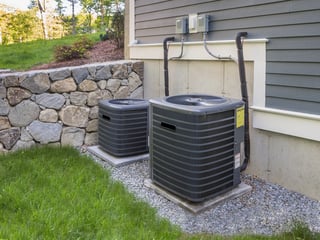
healthy living
From furnace to filter: How HVAC systems work for your home
What’s really going on behind the scenes when you adjust your thermostat?
-
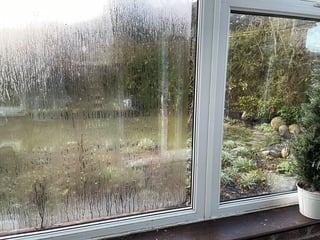
healthy living
Keeping humidity in check for a healthier home
Does your home have the optimal moisture levels?
-
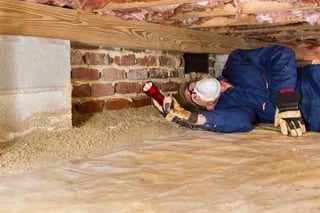
healthy living
Mold 101: How to spot, clean and control it
Mold is useful in nature but causes problems in your home.
-
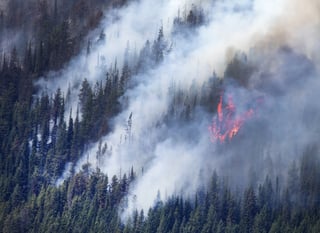
healthy living
How to defend your indoor air quality from wildfire smoke
How to keep the air inside your home healthy as wildfire season looms.
-

healthy living
Allergies got you down? An air purifier can help
For severe allergy sufferers, spring doesn't have to be unbearable.
Signup for the Healthy Living Newsletter